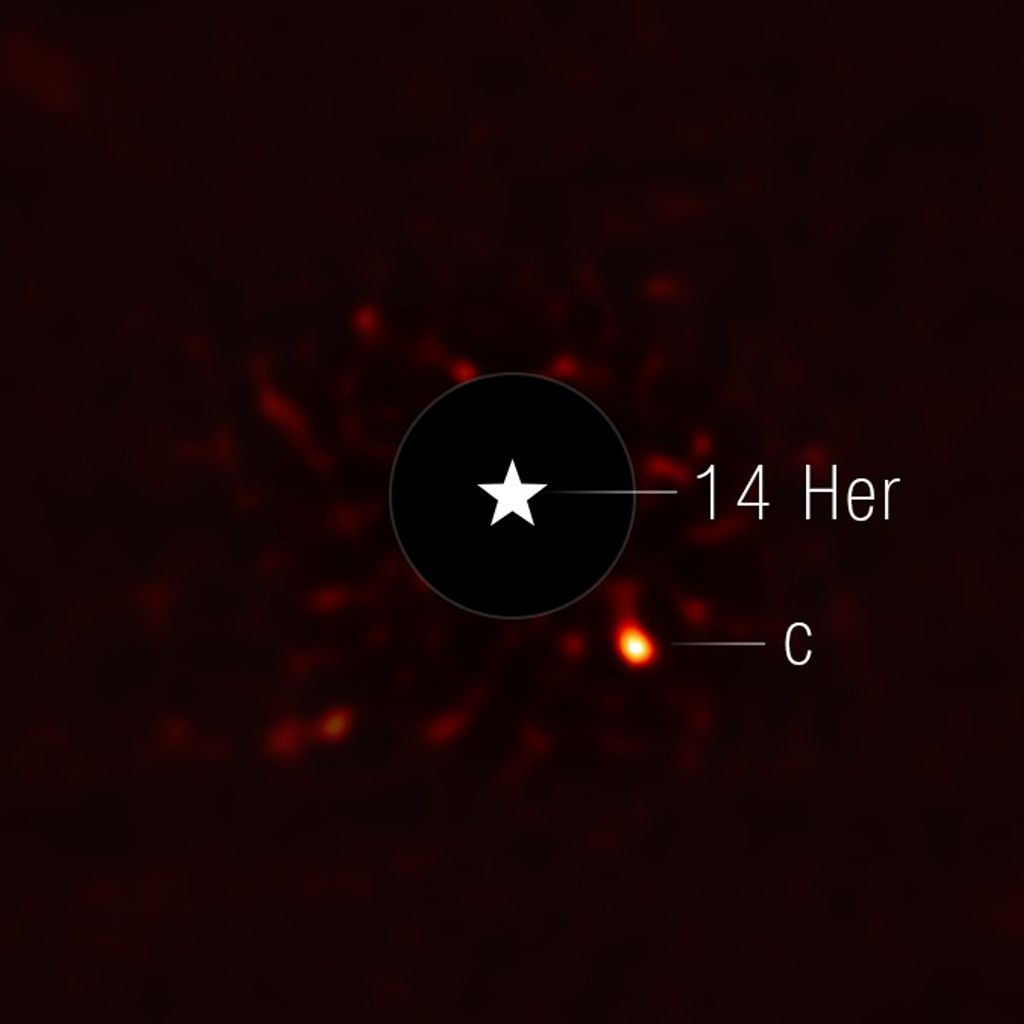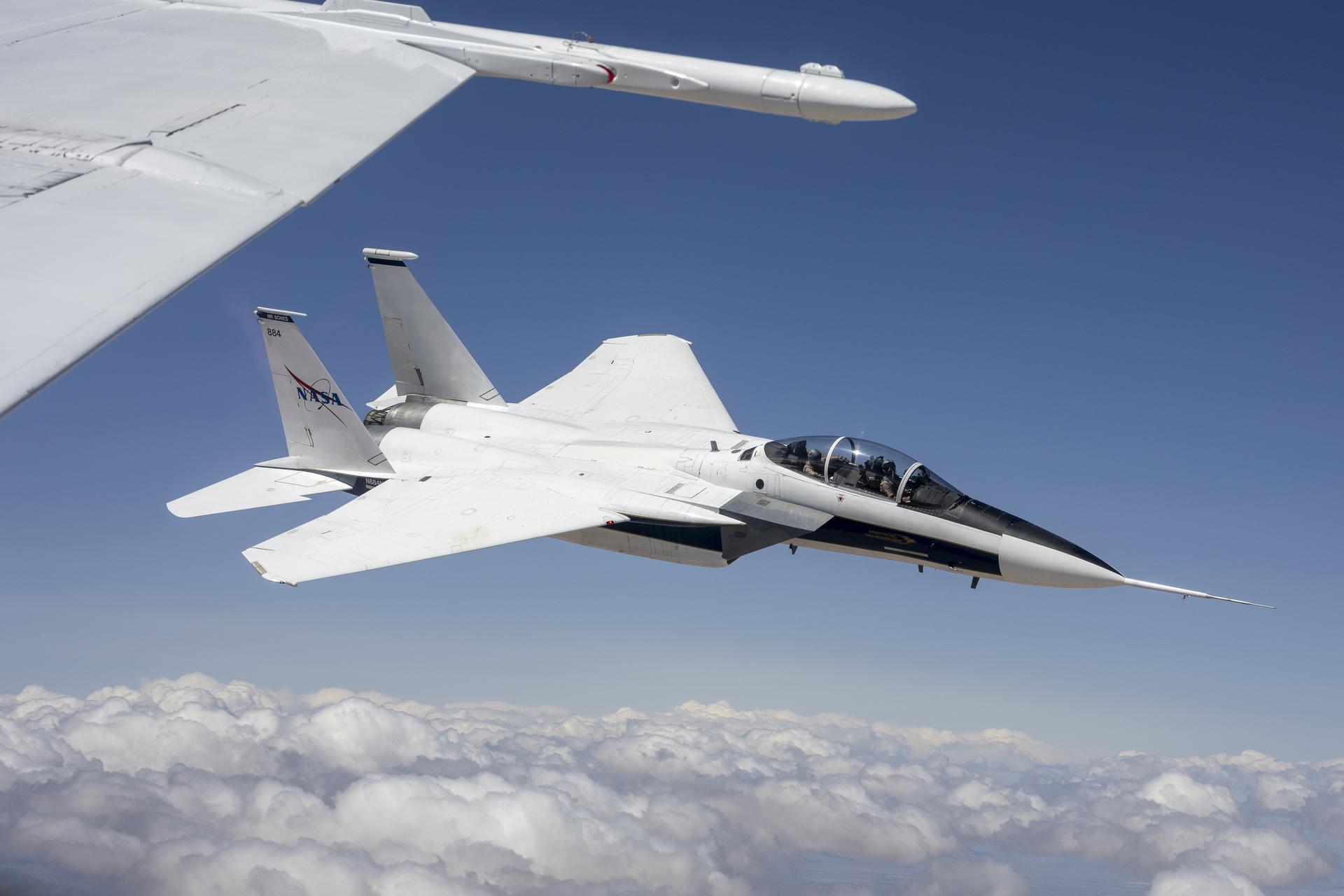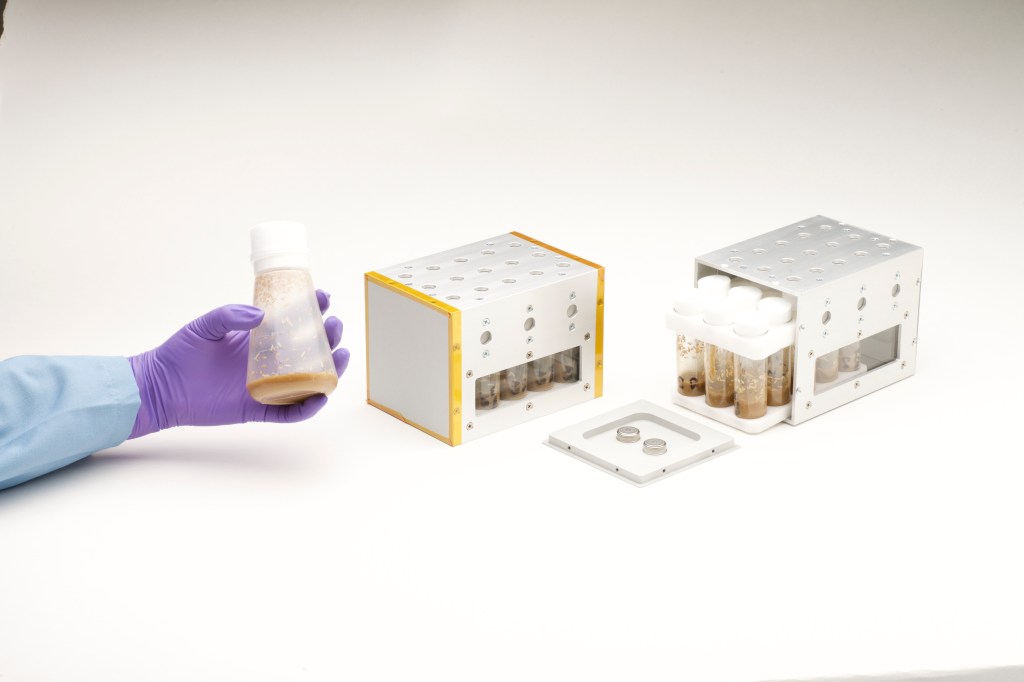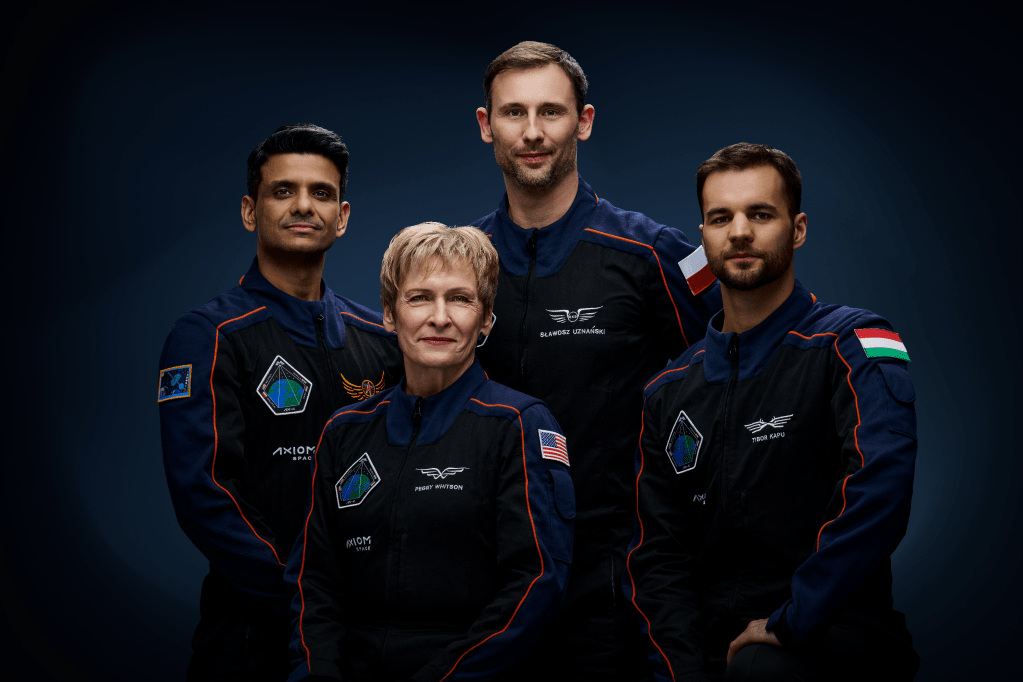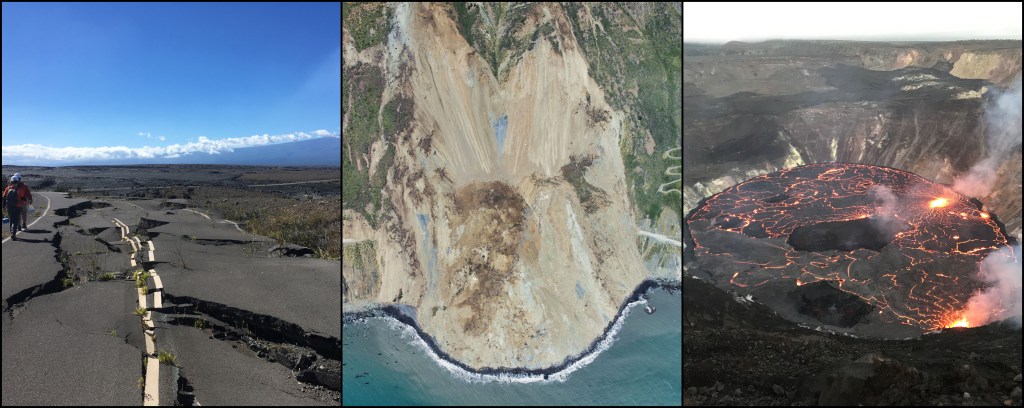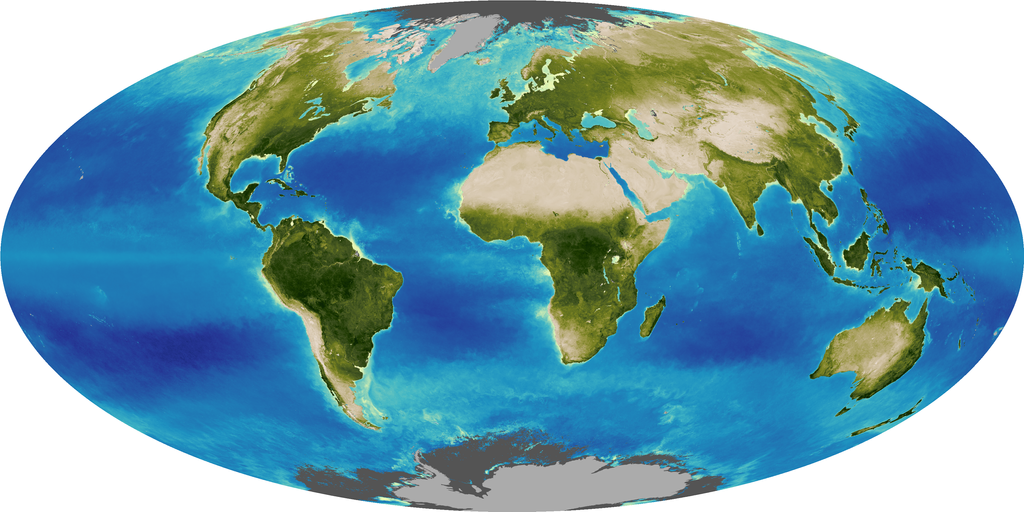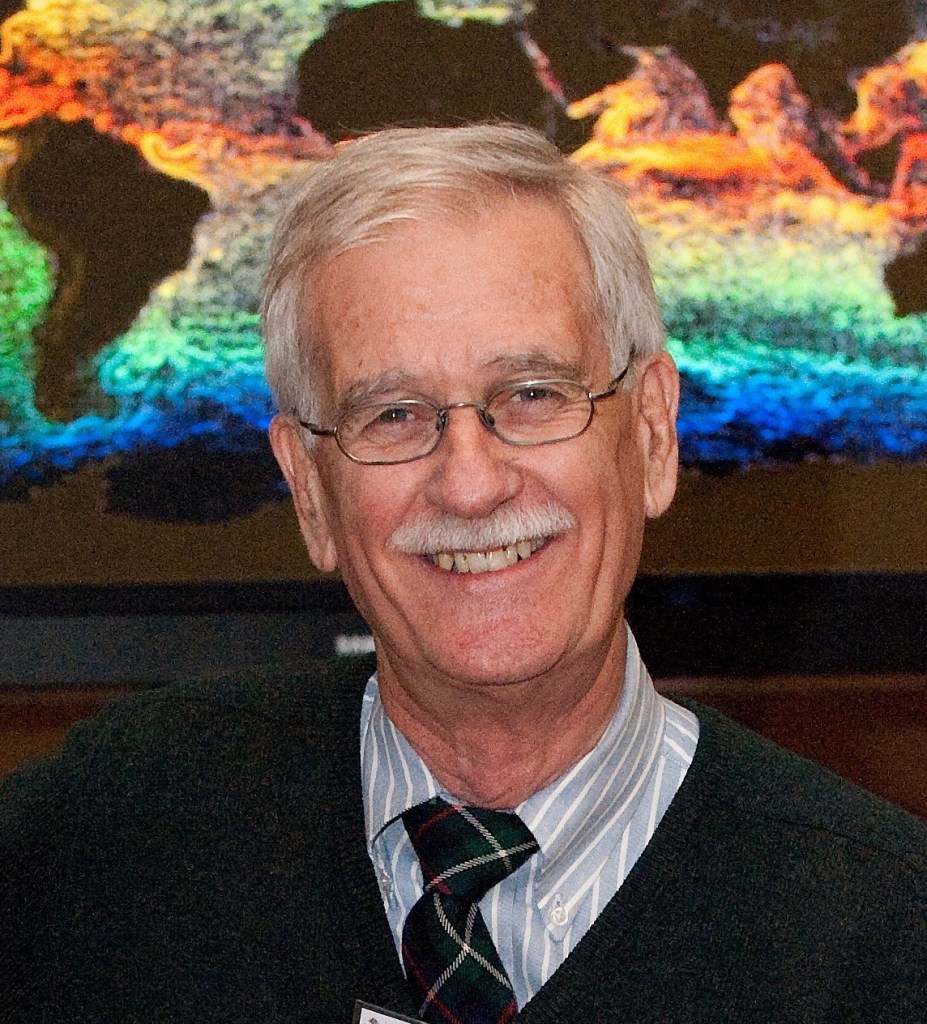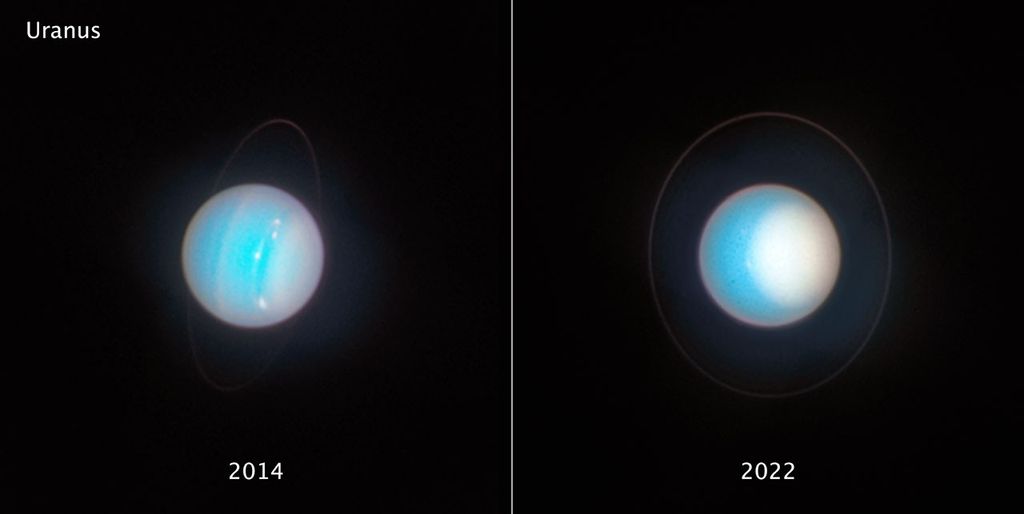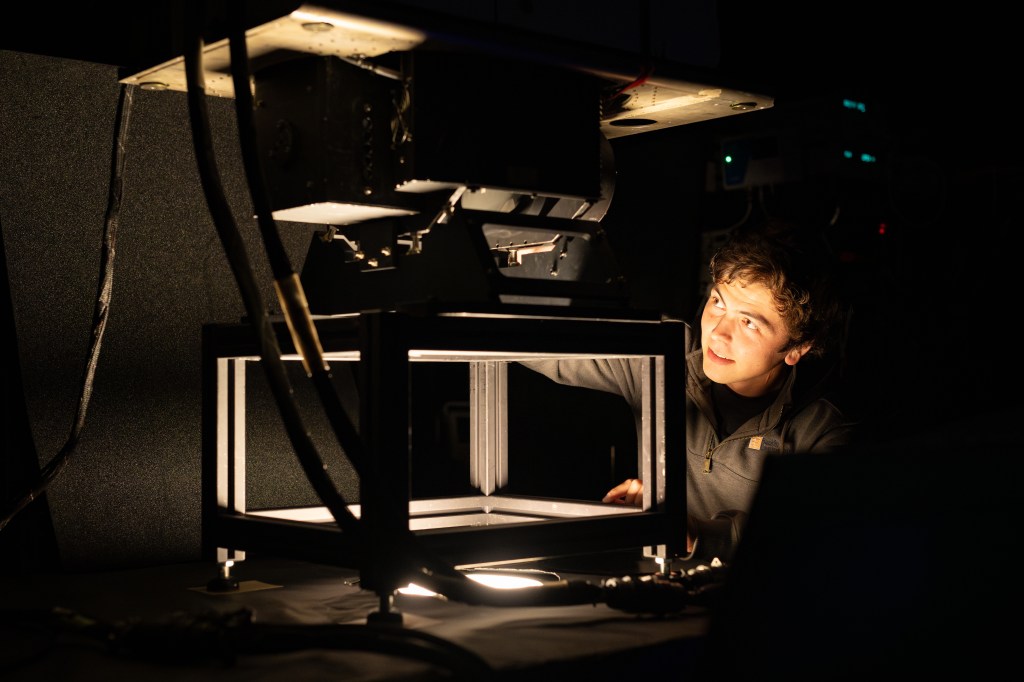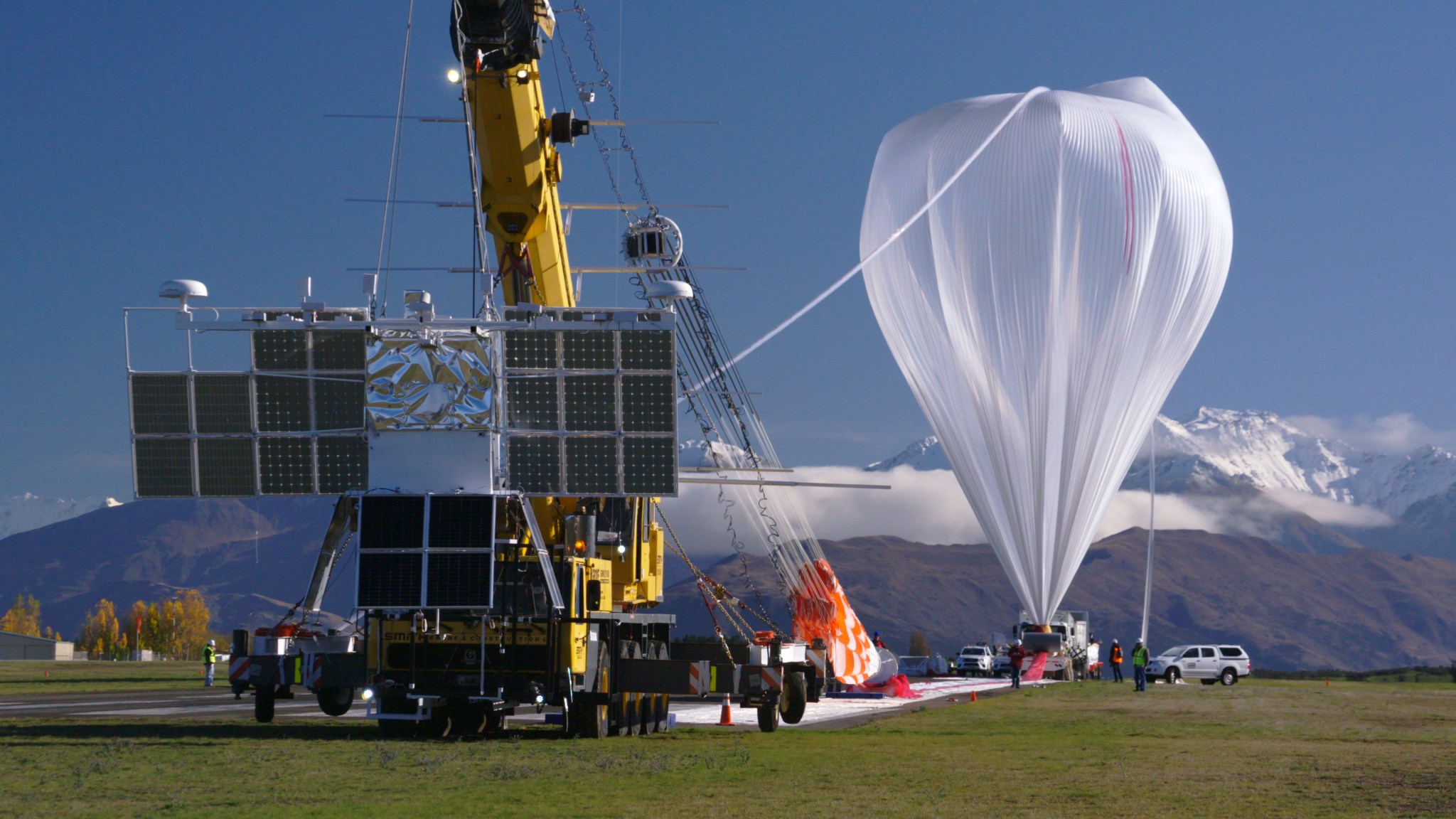WANAKA, New Zealand – NASA successfully launched a super pressure balloon (SPB) from Wanaka Airport, New Zealand, at 11:35 a.m. Tuesday, May 17, (7:35 p.m. EDT Monday, May 16) on a potentially record-breaking, around-the-world test flight.
The purpose of the flight is to test and validate the SPB technology with the goal of long-duration flight (100+ days) at mid-latitudes. In addition, the gondola is carrying the Compton Spectrometer and Imager (COSI) gamma-ray telescope as a mission of opportunity.
“The team performed a brilliant launch operation today,” said Debbie Fairbrother, NASA’s Balloon Program Office chief. “The balloon is pressurized, healthy, and well on its way for this important test mission. I’m extremely proud of our Columbia Scientific Balloon Facility (CSBF) team for yet another beautiful launch, and I’m thankful for the tremendous support from our Kiwi friends, particularly the phenomenal Wanaka Airport staff.”
Two hours and 8 minutes after lift-off, the 532,000-cubic-meter (18.8-million-cubic-foot) balloon reached its operational float altitude of 33.5 kilometers (110,000 feet) flying a trajectory taking it initially westward through southern Australia before entering into the eastward flowing winter stratospheric cyclone. NASA estimates the balloon will circumnavigate the globe about the southern hemisphere’s mid-latitudes once every one to three weeks, depending on wind speeds in the stratosphere.
“The successful launch demonstrates the value of an experienced scientific ballooning team and represents a partner NASA can count on,” said John Pullen, vice president and general manager, Technical Services Division of Orbital ATK’s Space Systems Group. “The NASA/Orbital ATK’s CSBF team executed flawlessly on the mission and reinforced Wallops Flight Facility’s position as the world leader in scientific ballooning operations.”
This launch marks the beginning of the second SPB flight for COSI, which was developed by the University of California, Berkeley. COSI is a NASA-funded mission designed to probe the mysterious origins of galactic positrons, study the creation of new elements in the galaxy, and perform pioneering studies of gamma-ray bursts and black holes. Long-duration flights are vital to these types of studies.
Another mission of opportunity is the Carolina Infrasound instrument, a small, 3-kilogram payload with infrasound microphones designed to record acoustic wave field activity in the stratosphere. Developed by the University of North Carolina at Chapel Hill, previous balloon flights of the instrument have recorded low-frequency sounds in the stratosphere, some of which are believed to be new to science.
It was the fifth launch attempt for the team; previous attempts were scrubbed due to weather conditions not conducive for launch. NASA’s balloon experts at CSBF, and at NASA’s Wallops Flight Facility, Virginia, will monitor and control balloon flight operations throughout the mission. In the meantime, NASA’s balloon team in Wanaka will begin closing down on-site campaign operations, which have been ongoing since February.
“We’re absolutely delighted to see NASA’s visit culminate in another successful launch,” said Ralph Fegan, Wanaka Airport operations manager. “The project has provided fantastic exposure for our region and New Zealand to date, and this launch has helped us consolidate our relationship with NASA and its global balloon program. It’s been a pleasure to welcome the team back again, and we’re very grateful to our airport users, neighbors and the wider community for their ongoing support.”
The science and engineering communities have previously identified long-duration balloon flights at constant altitudes as playing an important role in providing inexpensive access to the near-space environment for science and technology. The current record for a NASA super pressure balloon flight is 54 days
As the balloon travels around the Earth, it may be visible from the ground, particularly at sunrise and sunset, to those who live in the southern hemisphere’s mid-latitudes, such as Argentina and South Africa. Anyone may track the progress of the flight, which includes a map showing the balloon’s real-time location, at:
http://www.csbf.nasa.gov/newzealand/wanaka.htm
NASA’s scientific balloons offer low-cost, near-space access for conducting scientific investigations in fields such as astrophysics, heliophysics and atmospheric research.
NASA’s Wallops Flight Facility in Virginia manages the agency’s scientific balloon flight program with 10 to 15 flights each year from launch sites worldwide. Orbital ATK, which operates NASA’s Columbia Scientific Balloon Facility in Palestine, Texas, provides mission planning, engineering services and field operations for NASA’s scientific balloon program. The CSBF team has launched more than 1,700 scientific balloons in the over 35 years of operation.
For more information on the balloon program, visit: https://www.nasa.gov/scientificballoons

